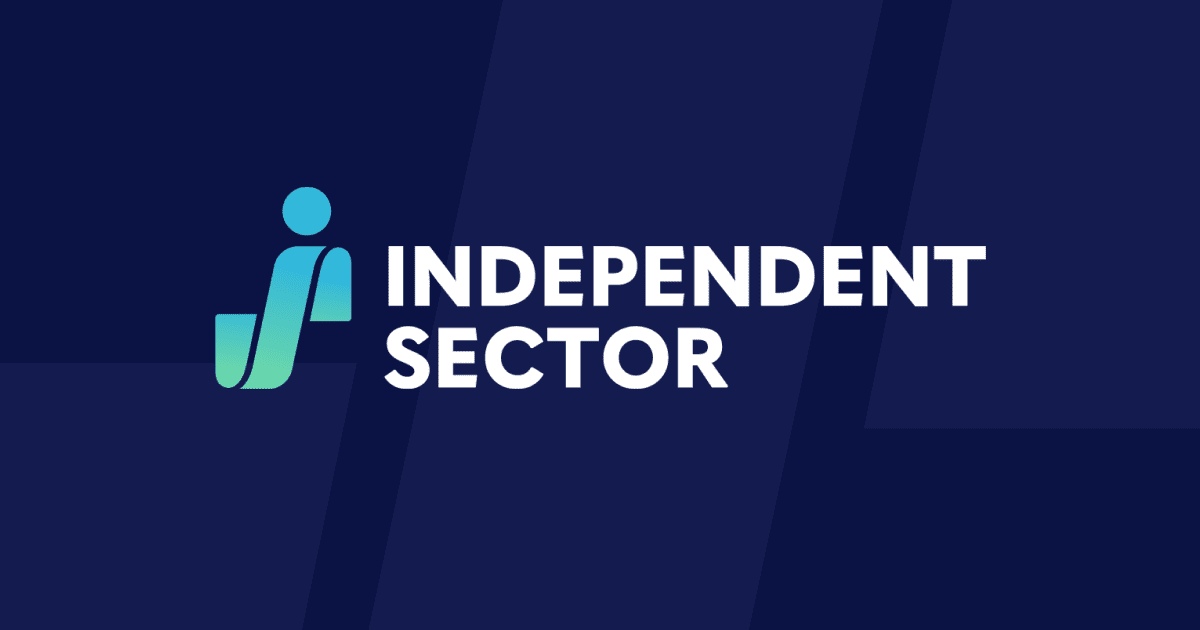[vc_row][vc_column][vc_column_text]On political campaigns engagement with nonprofit organizations
- The nonprofit sector is an economic powerhouse, over 10 percent of the private workforce in the country is employed by a nonprofit organization. With 12.3 million paid workers, we employ more people than the finance and real estate sectors combined.
- We are an essential partner for government leaders from healthcare to housing, education to environmental protection, government at all levels relies on charities to generate innovative new policy solutions and provide critical services throughout the country.
- Nonprofits are viewed as trusted sources of information, which is why these organizations are uniquely positioned to convene local communities around critical issues, educate voters, and mobilize constituents.
On giving incentives
- Charitable giving should be for everyone. Currently, the 10% of taxpayers who itemize receive a tangible reminder through the charitable deduction that their gifts count. This charitable giving incentive should be fully extended to the other 90% of Americans.
- Expanding giving incentives to all taxpayers creates a fairer system that helps all Americans, regardless of income, give back to their communities.
- The recently enacted charitable deduction for those who do not itemize is an important recognition of the importance of charitable giving incentives, but the current $300 cap is far too low for the needs that our communities face.
- Seventy-four percent of voters support expanding the charitable deduction to all taxpayers.
On COVID-19 relief
- As you develop your response plan to the COVID-19 crisis, please consider policy proposals to help nonprofit organizations continue serving their communities during these difficult times.
- As you know, nonprofits are and will remain on the front lines of supporting our communities, including the most vulnerable. In this time of crisis, the demand for such services is increasing, revenue is shrinking, and a drop in charitable giving is expected.
- Consider expanding charitable giving incentives, bolstering federal loan and loan forgiveness programs, and increasing emergency funding for healthy elections, bridging the digital divide and programs that help nonprofit organizations serve their communities’ most urgent needs.
[/vc_column_text][/vc_column][/vc_row]



